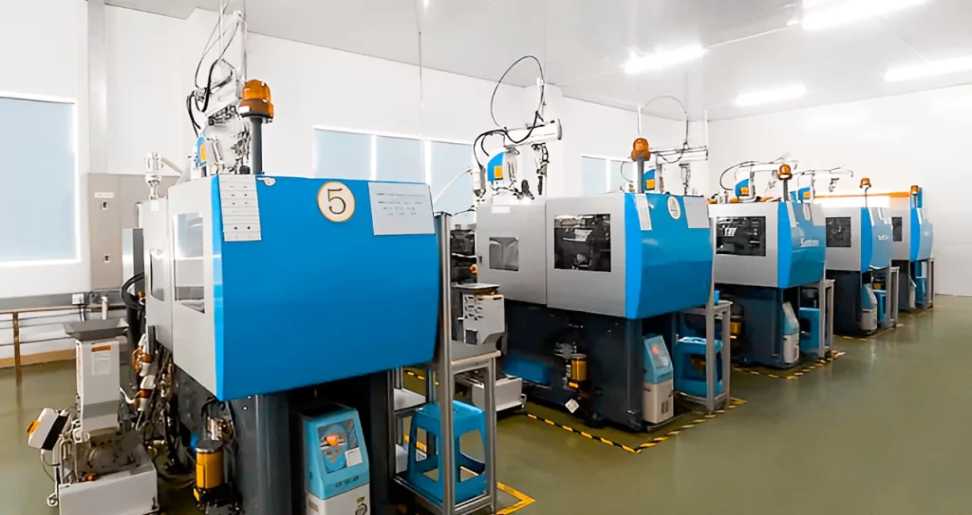Achieving high-quality plastic molded parts requires a combination of skilled craftsmanship, advanced technology, and meticulous attention to detail. This article explores key techniques to enhance product quality and efficiency.Achieving consistent high-quality plastic molded parts requires a meticulous approach that encompasses various stages of the manufacturing process. From mold design and material selection to process parameters and quality control, several key techniques contribute to producing exceptional products.
This article explores these critical elements and provides insights into best practices for optimizing plastic molding operations.
Mold Design and Engineering
Design for Manufacturability (DFM): Optimizing part plastic mold design for efficient molding, considering factors like draft angles, wall thickness, and undercuts.
Mold Flow Analysis: Using simulation software to predict material flow, cooling, and potential defects, leading to improved mold design.
Gate and Runner Optimization: Designing efficient gate and runner systems to prevent defects like cold shuts, short shots, and air traps.
Cooling System Design: Implementing effective cooling channels to control part shrinkage and prevent warping.
Material Selection and Handling
Material Compatibility: Choosing the right resin for the application, considering factors like mechanical properties, chemical resistance, and processability.
Material Drying: Ensuring proper drying of hygroscopic resins to prevent defects like bubbles and voids.
Material Blending: Achieving consistent die casting mold material properties through accurate blending of resins and additives.
Molding Process Parameters
Injection Pressure: Optimizing injection pressure to achieve complete mold filling without excessive shear stress.
Injection Velocity: Controlling injection velocity to prevent flash and material degradation.
Holding Pressure: Maintaining holding pressure to compensate for shrinkage and ensure part density.
Cooling Time: Determining the optimal cooling time to achieve desired part properties without excessive cycle time.
Quality Control and Inspection
In-Process Monitoring: Implementing process monitoring systems to detect deviations from target parameters.
Statistical Process Control (SPC): Using statistical methods to monitor process capability and identify trends.
Dimensional Inspection: Verifying part dimensions and tolerances to ensure conformance to specifications.
Visual Inspection: Checking for surface defects, such as sink marks, flash, and voids.
Destructive Testing: Conducting tests like tensile strength, impact resistance, and chemical resistance to assess part quality.
Post-Molding Processes
Trimming and Deburring: Removing excess material to achieve the desired part shape.
Assembly: Joining multiple molded parts to create complete assemblies.
Finishing: Applying surface treatments like painting, coating, or plating to enhance appearance and functionality.
By mastering these techniques and continuously striving for improvement, manufacturers can achieve exceptional quality and consistency in their plastic molded products.
Conclusion
Producing high-quality plastic molded parts demands a comprehensive approach that encompasses mold design, material selection, process control, and rigorous quality inspection. By mastering these techniques and continuously striving for improvement, manufacturers can achieve exceptional product quality, enhance customer satisfaction, and gain a competitive edge.
Through meticulous attention to detail and the implementation of advanced technologies, the plastic molding industry can continue to deliver innovative and reliable products that meet the evolving demands of the market.
Have A Look :-
- What Is Sport surge, And How Do You Use It?
- The Woman Behind The Air: Unveiling Sonny Vaccaro Wife
- Tech Innovations in Agriculture: Feeding the Growing Population


